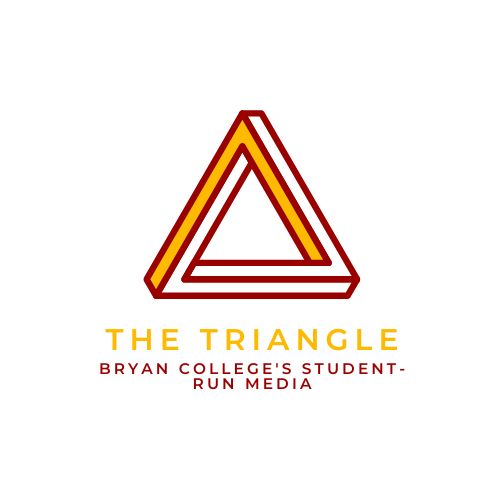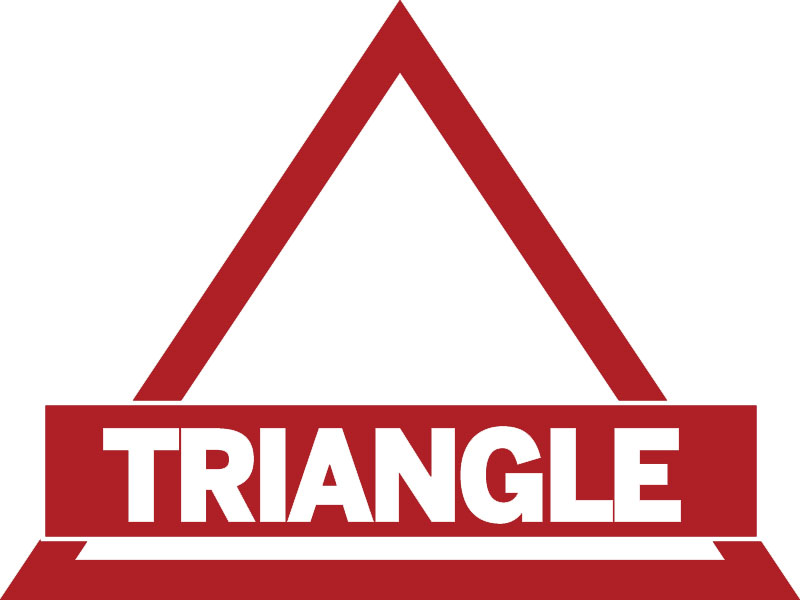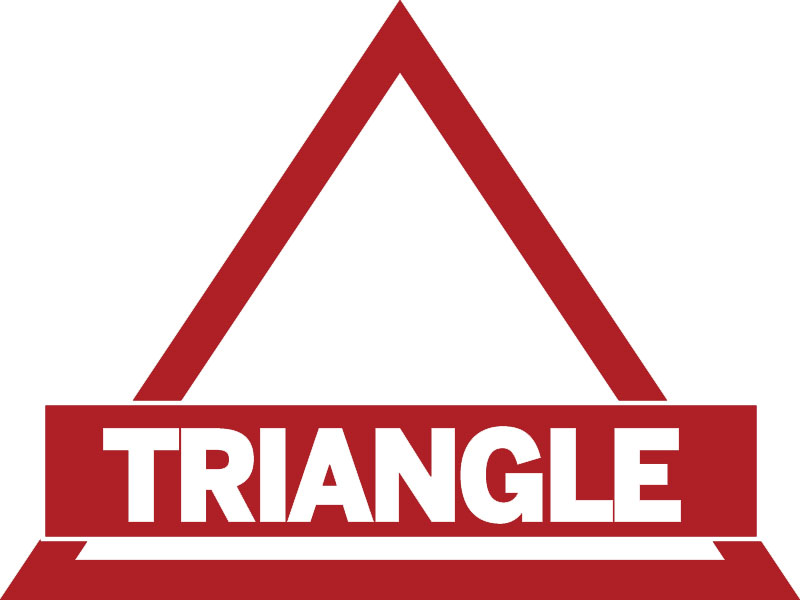By Daniel Jackson
News Editor

Five men visited Bryan’s campus Feb. 26 to map the interior of public buildings for Google.
They walked around the campus, watching their smart phones, pausing to tap on their screens when they reached doors. They looked like they were texting, but they walked along the curved windows of the cafeteria, and along grids, from the wall of Latimer Student Center to the edge of the stairs.
They did not wear anything which showed that they worked for the large internet corporation, and they could not talk about what they were doing at Bryan. They signed non-disclosure contracts.
Bryan’s Director of IT Services Steve Paulson said Google approached Bryan a few months ago about mapping the interior, public spaces of the college.
Paulson sent Google the floor plans for Mercer Hall, Latimer Student Center, Rudd Auditorium and Summers Gym.
Google will not take photos of the insides of the buildings or map private or restricted areas of the campus, such as residential halls, according to Paulson.
Google’s mapping team, said Paulson, walked around the buildings with smart phones and pinged the wireless access points, or measured the connectivity of the Wi-Fi in a certain area, and added the information onto the map.
After the maps are completed, Paulson said people could get directions to an individual room using their smart phones. Instead of getting directions just to 721 Bryan Drive, visitors will be able to get turn-by-turn directions to the admissions office, or search for a bathroom.
Paulson does not know how long it will take Google to publish the maps.
Michael Woodie, Google’s partner operations lead for the Southeast, said the mapping allows the people using the application to see where they are in the building. The mapping team recorded the data so that smart phones can track as users walk through the building.
Google launched indoor mapping Nov. 2011. Since then, they have mapped many different types of buildings such as airports, shopping malls and hospitals.
“You name it, were probably already involved in that type of venue,” Woodie said.
According to support.google.com, the company has already mapped 19 universities in the United States.
When the mapping team visits a location, Woodie said, they try to keep a low profile, not announcing their presence to avoid the attention of onlookers and the media.
The mapping teams cannot talk to the press because of Google’s policies. Partly because it would make mapping locations a hassle for the mapping team if they were announced, and partly to protect Google’s mapping operations.
“There are other companies trying to do the same thing,” Woodie said.
Woodie mentioned that one company in Europe is trying to do the same kind of internal mapping that Google is doing.
According to a report by the Boston Consulting Group, the geospatial services industry, or the industry that deals with mapping and drawing conclusions from those maps, draws in $17 billion in revenue through creating and distributing maps such as Google’s indoor maps.
Google commissioned the study, which was released Dec. 2012.


